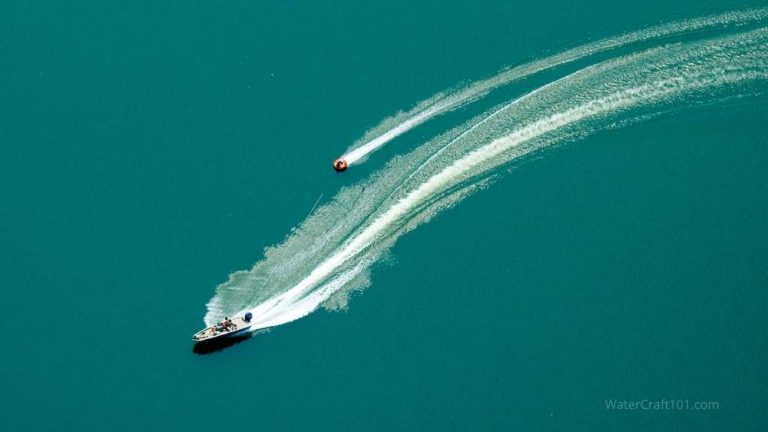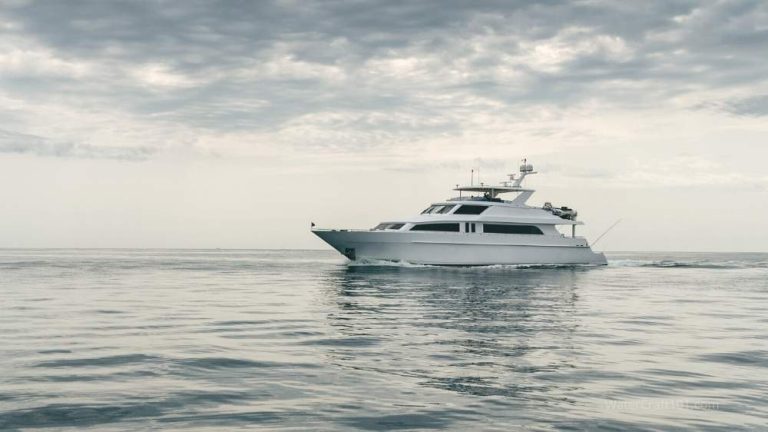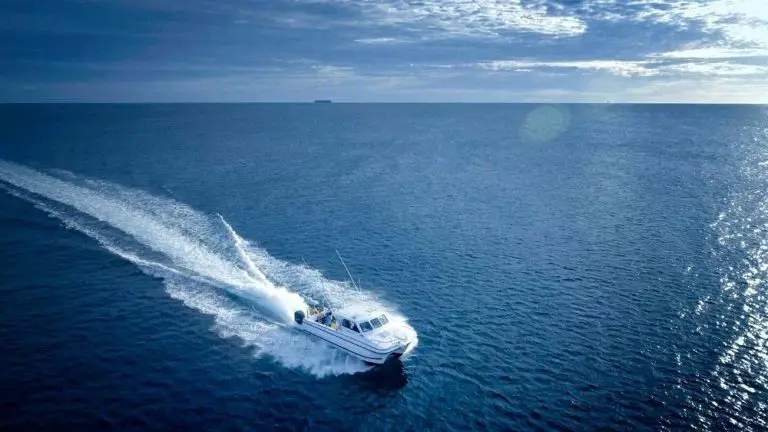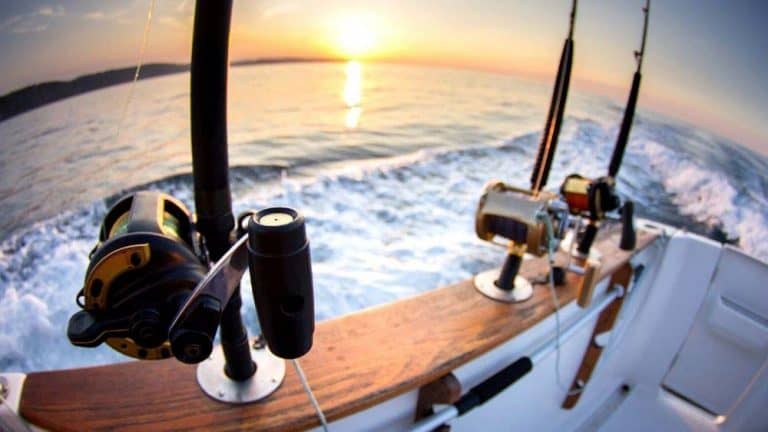Why Are Fishing Boats So Expensive? (We Find Out)
If you love to fish you’ve no doubt considered getting your own fishing boat. Having a personal boat for fishing will allow you to get to some of the best spots that aren’t accessible by land. If you’ve taken a look at fishing boat prices, you may have been quite shocked at the cost! Why are fishing boats so expensive?
Fishing boats are expensive because of the design innovation, technology, building materials, and labor costs that go into building a boat. Market demand and brand perception also play a role in the higher price of these boats. One of the major contributing factors is that boats are mostly handmade.
To establish why the cost of fishing boats are relatively high in comparison to many other boats, we need to take a look at what goes into making a fishing boat. This will give us an understanding of how these boats could possibly command the price that we see in the market today.
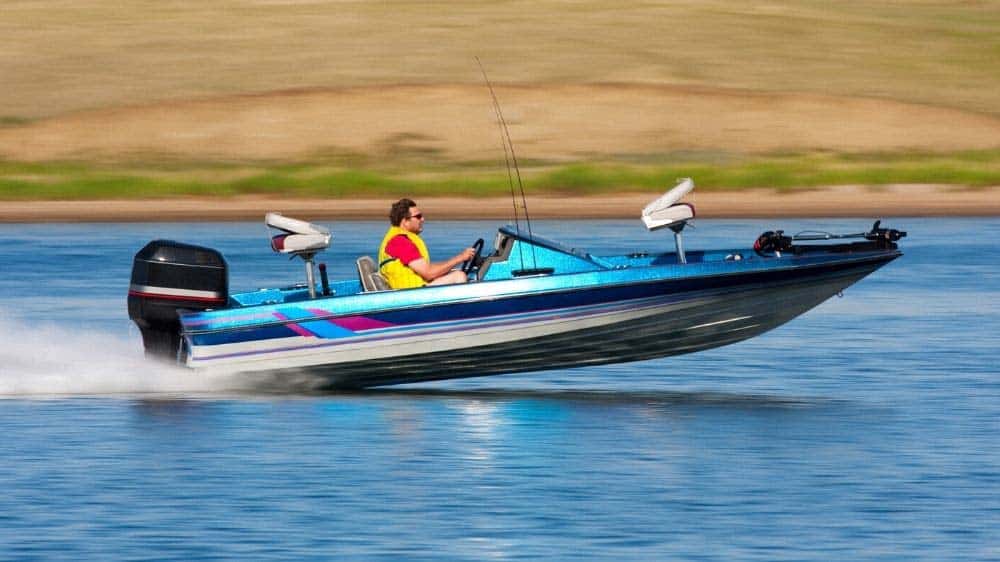
The High Cost Of Fishing Boats (Contributing Factors)
Fishing has become more than a pastime or a recreational activity. It has grown into a large and competitive industry, with fishing competitions offering large prizes for competition wins. This has resulted in many avid fishermen becoming professional fishermen.
It has also changed the demands and expectations that are now considered the norm for purpose-built fishing boats.
The main contributing factors to the expense of fishing boats include the following.
- Design innovation
- Boat technology
- Boatbuilding materials
- Boatbuilding labor costs
- Market demand
- Brand recognition
Each of these factors contributes to the price tag that we see on modern fishing boats. Most of the costs around these factors are driven by changes in the fishing industry and boat manufacturers striving to give fishermen what they want and need in order to be competitive.
Design Innovations of Boats Today
Fishing boats are built with a clear purpose and focus in mind; to make the boat part of an angler’s fishing gear and give him the edge that he needs to catch fish. Any vehicle that is singularly built for a specific activity will need features that are intended to fulfill distinct requirements for that activity.
Boat builders are constantly researching new and innovative designs for their boats that will make them quieter, faster, more stable and improve the edge that they give to fisherman out on the water.
This is not only to provide a better boat but also to allow the boat manufacturer to build a craft that would be attractive to the fishermen in an industry that is extremely competitive. In other words, “bells and whistles.”
Design features such as better storage space for fish and fishing gear, better hulls, faster boats, stable fishing platforms all cost money to research, test, and tweak. An innovative new component needs to get to a point where it becomes a must-have feature, that will make fishermen sit up, take notice, and decide he cannot accept a boat unless it has that particular feature.
All these design innovations require a boat manufacturer to be constantly reviewing, testing, and improving their designs. This generally requires the services of highly qualified people in engineering and other disciplines to constantly evaluate and tweak designs and come up with new innovations for the industry.
These types of specialists are expensive, so add these costs to the increased cost of marketing the new features and the end price of the boat must go up in order to remain profitable.
Boat Technology
Fishing has become an incredibly competitive sport with some large sums offered in prize money for fishing competitions. This is especially true in the realm of bass fishing.
These high stakes competitions make fishermen interested in a bass boat that has the technology on board to make the job of finding the right fishing spots a game-changing advantage.
This quest for technology in a boat that gives you the edge has two main strategies:
- Speed – A fast boat will be able to get to the best fishing areas first in order to claim the top spots.
- On-board electronics – Electronics to enable the fisherman to find the fish and to scan the topography of the lake bed.
A fast, reliable boat is needed to beat the competition to the prime fishing spots in order to secure your fishing area and stand a chance of catching big fish. This means a fast, powerful, reliable engine. The engines that are used in fishing boats tend to be more powerful models that have the capability of propelling the boat at a good rate of speed to get to prime fishing spots quickly and efficiently.
The electronics take the form of high-end fish finders and sonar that can scan the bottom for topography and underwater features that will be hiding places for the larger, more wary fish.
GPS navigation technology is often built into these boats to allow the fishermen to store waypoints of the best fishing spots and be able to return to the same spots again on the water. This technology can be quite advanced compared to your standard handheld GPS device
The technology that goes into producing fast, reliable engines and high-end electronics comes with a pretty expensive price tag and also specialized knowledge for the fitment of this equipment.
High-End Boat Building Materials
The demand in the market for faster, lighter, better-performing fishing boats has resulted in much research and development by manufacturers into better, more robust, and lighter materials.
Very few of these boats are built with original old style fiberglass hulls anymore. Modern hulls use specialized fiberglass as well as other expensive composite materials such as carbon fiber. These materials allow for a stronger, better, lighter final product.
Metals such as aluminum are also used to make hulls for certain models of fishing boats. The type of aluminum used and the process to produce the hulls from this material can result in higher prices than the other hulls made from other materials.
These materials generally have more expensive component ingredients and have themselves required research and development to produce, making the price tag of the base materials much more than traditional boat making materials.
Because the price tag on these boats is a significant investment, buyers of these boats demand higher quality finishes to get value for their money. This means that boat manufacturers do not cheap-out on any of the materials or fittings that are used to build the boat. This even goes down to the level of using quality fasteners that are made of materials that will last the rigors of a wet environment, such as stainless steel or even titanium.
Comfort features on the boat, such as the padding and upholstery on the seats, are also made from more upmarket materials that are congruent with the price tag of the boat.
All these quality materials and upmarket finishes contribute to the higher price of these boats. The upside of this is that the boat is well constructed out of durable materials and will have a longer usable lifespan and a better resale value than most other boats.
High Labor Costs For Boat Builders
The boat manufacturing industry is very different from the automotive manufacturing industry. The process of manufacturing cars has largely been automated, computerized, and built on production lines that require very little human intervention.
Boatbuilding is different in that much of the manufacturing still takes place by hand and in relatively smaller plants than those for the automotive industry.
The reason for this is that the demand for boats is much less than that for cars, and the boats produced are often customized according to the buyer’s specifications as opposed to being mass-produced to an industry standard.
Because the boats are largely handmade, the time it takes to produce them is quite long, about two to three months in labor time. This intensive labor period to produce a single boat equates to a high labor cost, which contributes to the high price tag of boats in general, not only fishing boats.
Often, the detail required in the manufacture of the vessel requires the human touch to ensure the highest levels of quality, down to the stitching of the upholstery.
The advanced electronics in these boats also require expert knowledge to install and test these components. Expert labor always carries a higher labor cost than unskilled labor does.
Fishing Boat Market Demand
Fishing makes up a very large segment of the boat buyer community, and as such, it creates a great demand for these types of boats. Serious fishermen, both professionals and hobbyists alike, want to purchase these high-end boats.
Because these boats are not mass-produced, but built one at a time, the build has a high-labor cost. In other words, the demand for these boats often outstrips the supply.
Whenever the demand is higher than the supply in a product chain, the demand drives up the price of the product. This translates into a high cost for specialized fishing boats.
In Demand Boating Brands
Some boat brands have developed a reputation in the fishing community as producing fine quality boats at a consistently superior level. This has resulted in boats that are made by a particular manufacturer to be in even greater demand. This increases the prices for this brand name boat.
The reputation of the brand also allows the manufacturer to charge more for their end product simply because of the name. Boat buyers will often stick to a brand that they trust and will be willing to pay a higher price simply because of the manufacturer’s name on the boat.
Top brand name boats have earned the reputation because of the time, effort, and money that they have put into developing a better quality boat. These brands not only outperform other manufacturers but will have a longer lifespan and better resale value due to the care and quality materials that have gone into the boat’s manufacture.
How Much Do Fishing Boats Cost?
So when we talk about fishing boats being expensive, what sort of price range are we talking about? Other questions include whether entry-level boats that are a bit cheaper will suffice, and is it a good idea to consider a used fishing boat?
New Fishing Boat Prices
New fishing boat prices represent a significant investment, and you would need to look at a starting price in the range of $30,000 – $55,000. This would be for an average fishing boat, which would be considered more or less an entry-level boat. Many of the top-end professional style fishing boats run in the range of $75 000 – $150 000, and there are some that even exceed this price by a large margin.
Most professional fishermen can only afford these types of boats through sponsorship deals or if they consistently win competitions and use some of the prize money to upgrade their boats. Others still, take out sizable bank loans to be able to fund the purchase of a boat.
Secondhand Boat Prices (Used Fishing Boats)
Secondhand boats would definitely be an option to get a fishing boat at a lower price, but many of the fishing boats are built to such high standards that they retain a high resale value. You could conceivably, however, secure the purchase of a good second hand fishing boat between the price of $25,000 to $40,000.
For many amateur fishermen, this is the route they take to get a good quality fishing boat that meets their needs which still has a lot of life left in it.
Is It Cheaper To Build Your Own Boat?
Some people may consider the option of building their own boat, and whether it may work out cheaper than the sale price of a brand new boat or even a secondhand boat.
It is definitely cheaper to build a boat for yourself, but many people do not understand the scope of this type of project and the time investment that is needed to see it through to completion.
The way that most people get started out on a project like this is to purchase an old boat that has a hull shape that they are interested in. This is because the process of building a mold and casting a fiberglass shell as a home project is very time-consuming. It also needs a lot of space and requires knowledge and skill in the fiberglass casting process.
For this reason, the majority of people who attempt this type of project start off with a ready-made hull. From this point on, you pretty much have a clean slate to work from, so to speak. You will need to have some knowledge regarding fiberglass to make console panels and similar features unless you intend to use another material such as plywood.
This brings us to another aspect of home-built boats. The materials are not usually high-tech purpose made materials, which results in a boat that is made from materials that will degrade more quickly in damp, wet conditions. The boat will also be much heavier than a commercially made equivalent boat.
The time investment in this type of home project is also huge and will require the dedication of many weekends to make progress on the project. Some people who take on a project of this nature take years to complete the build.
In other words, you are unlikely to have a final product that you will be able to win any bass-fishing competitions with, but it may last you a couple of years and work well to fish your local waterhole.
Most people who want to build a boat at home are not really serious fishermen, and therefore build smaller little runabout boats or dinghy type boats. For them, the pleasure is more about the building of the boat as opposed to taking it fishing.
If you are a serious fisherman interested in building your own boat, it would be better to buy a complete older boat that just needs a little love and attention. Then take this project on as a restoration project rather than a build-from-scratch type project.
Doing the project this way will give you a boat that still has modern materials in its manufacture; just the cosmetic aspects need to be spruced up during the restoration, and some minor damage rectified.
Conclusion
All the factors we have discussed have contributed to the relatively high prices for fishing boats, and this has translated to a higher entry cost into the sport for both competitive and amateur anglers alike.
Amateur anglers do not necessarily need all the accouterments in a boat that give a professional angler an edge, and will generally opt for boats that have a lower specification than a pro-fishing boat.
Unfortunately, the costs of developing the high-end fishing boats have translated into higher prices across the range of fishing boats to recoup the cost outlay in producing the high-end boats.
Sources:


